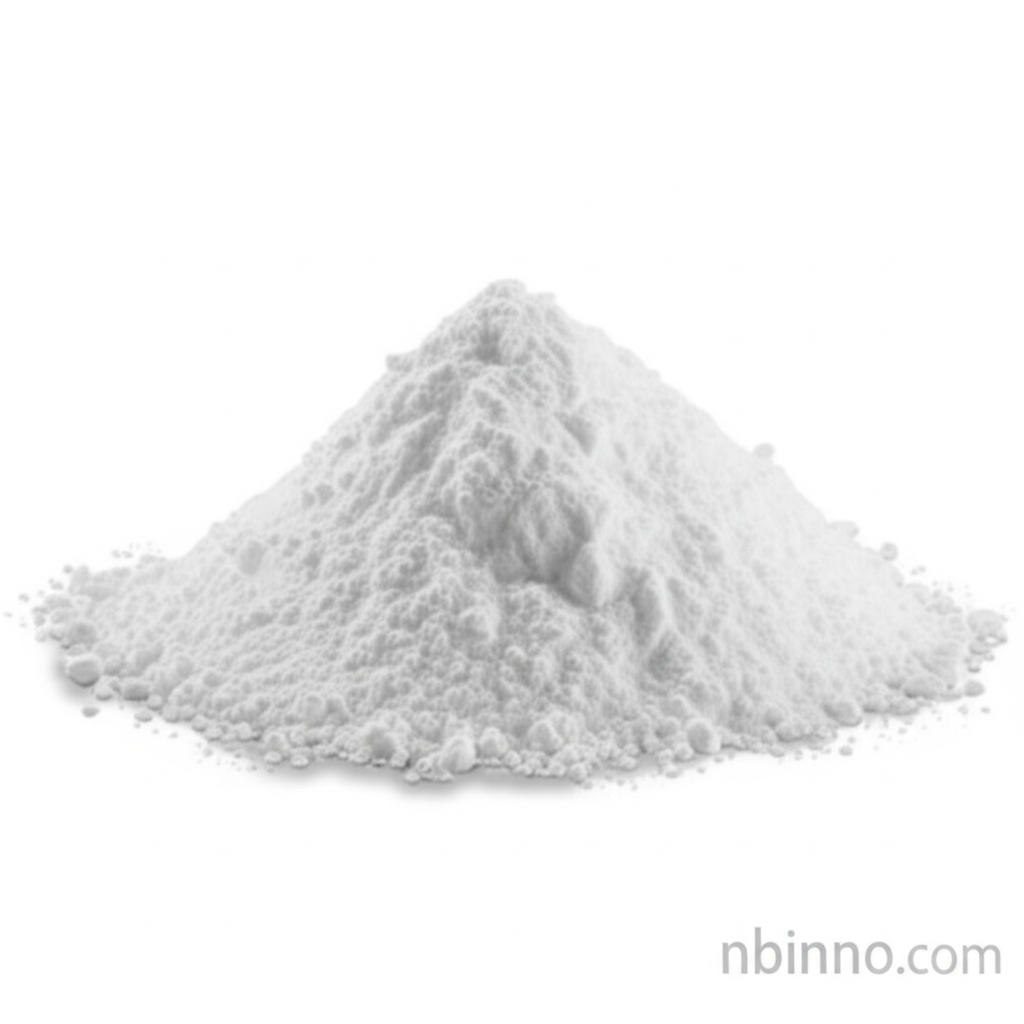Microcrystalline Cellulose pH102: A Comprehensive Guide to its Properties and Pharmaceutical Applications
Discover the versatile properties and crucial roles of Microcrystalline Cellulose pH102 in modern pharmaceutical formulations.
Get a Quote & SampleProduct Core Value

Microcrystalline Cellulose pH102
Microcrystalline Cellulose (MCC) pH102 is a refined, partially depolymerized cellulose derived from plant fiber, renowned for its exceptional physical and chemical properties. As a leading pharmaceutical excipient, it plays a pivotal role in enhancing the manufacturability and performance of solid dosage forms.
- Leveraging microcrystalline cellulose for direct compression enhances tablet production efficiency by simplifying the manufacturing process and reducing steps.
- Understanding the microcrystalline cellulose pharmaceutical applications showcases its versatility, acting as a binder, diluent, and disintegrant.
- The microcrystalline cellulose pH102 uses extend to various tablet formulations, providing superior compressibility and excellent flow characteristics crucial for uniform dosage forms.
- Exploring microcrystalline cellulose grades like pH102 reveals tailored properties for specific pharmaceutical needs, ensuring optimal tablet integrity and drug release.
Product Advantages
Enhanced Compressibility
MCC pH102 offers superior compressibility, enabling the formation of robust tablets with high hardness and low friability, which is vital for product stability, as seen in studies on microcrystalline cellulose direct compression.
Improved Flow Properties
With its excellent flow characteristics, MCC pH102 ensures smooth and consistent powder flow through manufacturing equipment, contributing to uniform capsule filling and tablet weight consistency, a key aspect when considering microcrystalline cellulose for capsule filling.
Versatile Functionality
As a multifunctional excipient, MCC pH102 serves as a binder, diluent, and disintegrant, supporting various formulation strategies and simplifying the overall production process, as emphasized in pharmaceutical excipients guide literature.
Key Applications
Tablet Binding
MCC pH102 acts as a strong binder, ensuring the cohesion and structural integrity of tablets, a critical function highlighted in research on MCC as tablet binder.
Diluent and Filler
It serves as an effective diluent, adding bulk to formulations with low-dose active ingredients, crucial for achieving desired tablet size and weight uniformity, as discussed in microcrystalline cellulose pharmaceutical applications.
Tablet Disintegration
Its porous structure and water-absorbing properties facilitate rapid tablet disintegration, ensuring timely release of active ingredients, a key benefit of microcrystalline cellulose disintegrant properties.
Direct Compression
MCC pH102 is ideal for direct compression, streamlining manufacturing processes and reducing costs associated with granulation, a significant advantage for microcrystalline cellulose direct compression.
